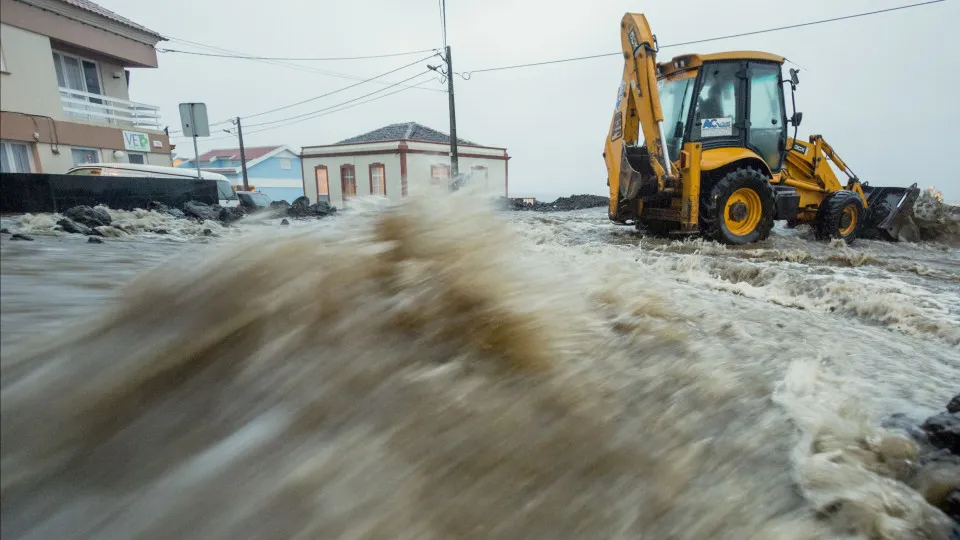
During a situation update at the headquarters of Azores Civil Protection in Angra do Heroísmo, the Regional Secretary for Environment and Climate Action reported that, by 07:00 AM (08:00 AM in Lisbon), 103 incidents had been recorded, of which 49 were resolved and 54 were in the process of being addressed.
Alonso Miguel mentioned that there were four instances of people being displaced, affecting eight individuals, four on São Jorge Island, three on Faial, and one on Graciosa, and these situations were “promptly resolved.”
When questioned about the severity of the incidents affecting these homes, the Regional Secretary for the Environment, who oversees Civil Protection in the Azores, stated that the situation was still under assessment.
“The eight people have already been rehoused. Damage assessments are currently underway, which led to their displacement and subsequent rehousing. Once the evaluation is complete, we will have more detailed information,” he added, noting that “some individuals may return to their homes sooner than others.”
According to the official, “some people were rehoused with relatives, and some were accommodated in facilities prepared for situations such as this.”
Alonso Miguel disclosed that there were no injuries reported and that “the majority of incidents involved fallen trees and infrastructure damage.”
There was also damage recorded at Graciosa’s airport terminal which might cause disruptions to air operations on the island, home to around 4,100 inhabitants, although the situation is still being evaluated.
The expectation was for Cyclone Gabrielle to pass through the Azores as a Category 1 hurricane, but it transformed into a post-tropical storm.
The most critical period occurred between 03:00 and 09:00 local time (one hour ahead in Lisbon), “with an expected decrease in wind intensity and precipitation.”
However, the Regional Secretary for Environment reiterated “the importance and necessity for the population to continue to adopt responsible behavior and to follow the information provided by official entities.”
“I especially commend the highly responsible behavior demonstrated by the populations, which has greatly facilitated the operations and actions of the authorities,” he stated.
The storm’s effects were felt most notably on the islands of Faial, Graciosa, and Terceira.
According to Alonso Miguel, the maximum wind gust at lower altitudes reached 154 kilometers per hour, with a maximum at higher altitudes of 185 kilometers per hour.
Regarding rainfall, “the highest amount occurred on Graciosa, with 53 millimeters of accumulated precipitation over three hours and a total of 61 millimeters over six hours.”
In terms of maritime disturbance, “the situation that caused most concern involved vessels in Horta Bay, where cables eventually broke,” but “the situations were resolved without any reported damage.”
The islands in the Central (Pico, Faial, Graciosa, Terceira, and São Jorge) and Western (Flores and Corvo) groups were under red alert (the most severe on a scale of three) due to precipitation, wind, and maritime disturbance, with red alerts for wind and maritime disturbance still in effect in the Central group until noon today.
The Regional Government declared an alert situation from 18:00 on Thursday to the same time today in the Central and Western groups, banning certain activities.
In these islands, non-urgent and essential public services, including schools, were also closed.




